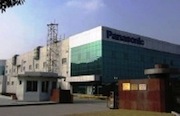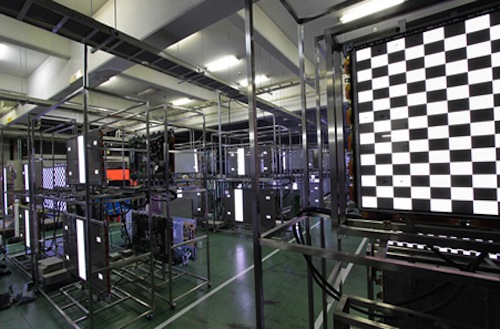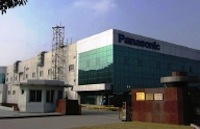Panasonic pulls plug on Shanghai plasma TV factory
Falling demand for plasma blamed for closure, but some TVs will continue to be made in a second Chinese factory



Panasonic announced today that it's closing down its plasma TV assembly plant in Shanghai, China – the latest stage in the reduction of its plasma display capacity in the face of a market increasingly dominated by LCD TVs.
The company has already pared back its plasma display panel production in Japan, as part of cost-cutting measures brought about by what's expected to be a net loss of some Y765bn (around £5.3bn) for the current financial year.
The Shanghai plant hasn't been operating since last September, and its closure reflects a market oversupplied with plasma TV manufacturing, and the failure of the technology to sell in large quantities in China, which Panasonic saw as a major growth market.
And the TV product mix is changing: two years ago Panasonic sold 7.5m plasma TVs in a year, representing almost 40% of its TV sales, but this year it expects to sell just a third as many, and for LCD-based TVs to account for 84% of all sales.
The company says it isn't abandoning plasma: it still makes display panels in Japan, and sets are assembled at several plants worldwide. And that includes China: some of the capacity of the Shanghai plant will transferred to an existing LCD TV factory in Jinan, Shandong Province.
Panasonic shares rose just over 4% in Tokyo on news of the factory closure and the ongoing decline of the Japanese Yen on currency markets.
Follow whathifi.com on Facebook
Get the What Hi-Fi? Newsletter
The latest hi-fi, home cinema and tech news, reviews, buying advice and deals, direct to your inbox.
Andrew has written about audio and video products for the past 20+ years, and been a consumer journalist for more than 30 years, starting his career on camera magazines. Andrew has contributed to titles including What Hi-Fi?, Gramophone, Jazzwise and Hi-Fi Critic, Hi-Fi News & Record Review and Hi-Fi Choice. I’ve also written for a number of non-specialist and overseas magazines.
